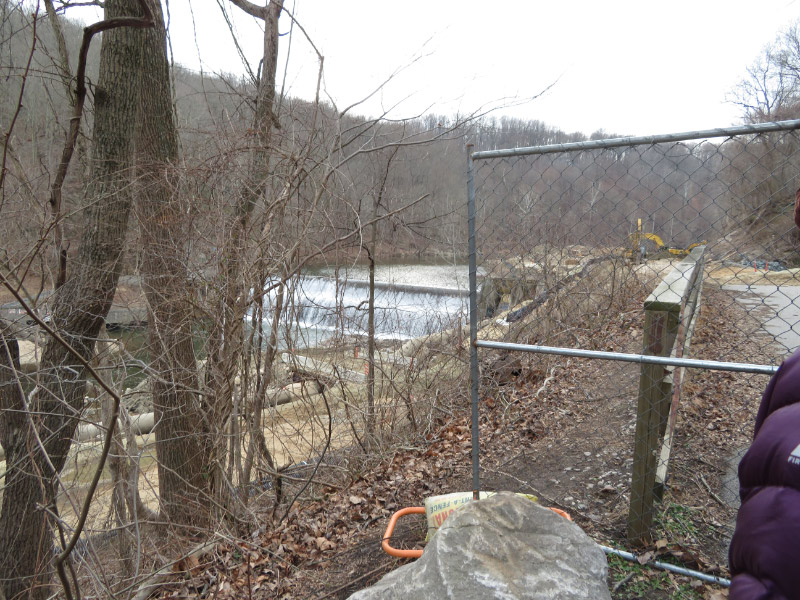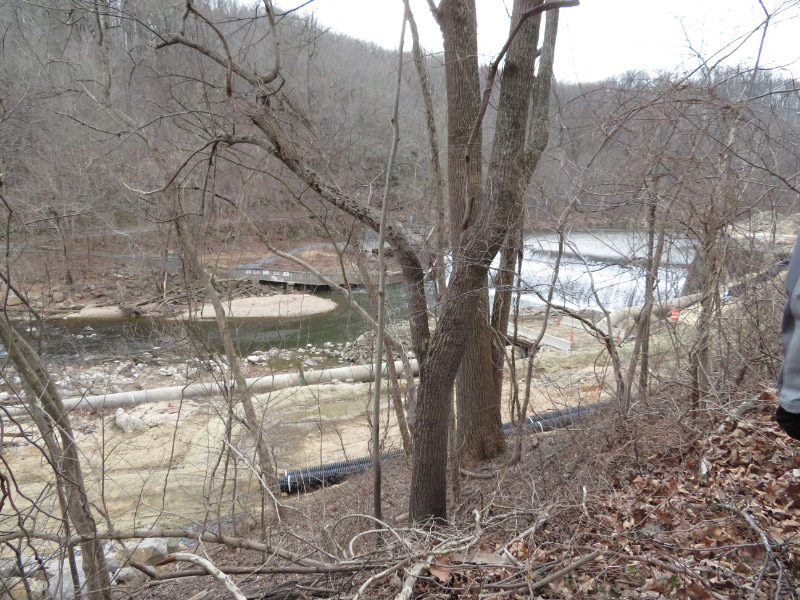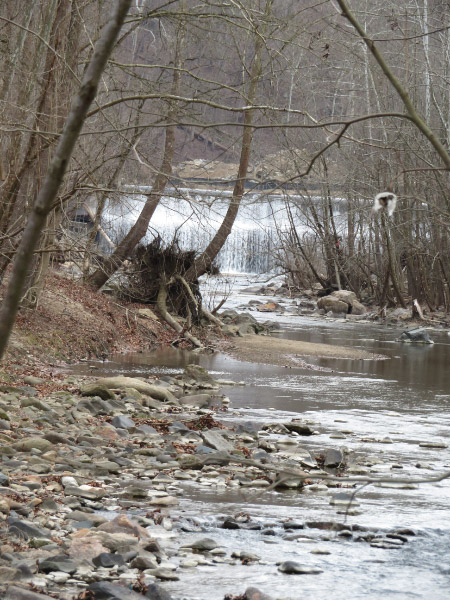HoLLIE – Week 7
/The Week 7 of HoLLIE (Howard County Legacy Leadership Institute for the Environment) class focused on County Government (Office of Community Sustainability, Department of Planning and Zoning, and Department of Public Works) and the Saving the Places We Love (Ned Tillman) followed by a hike in Patapsco Valley State Park.
Some memorable factoids about the county:
- 20% of the land is in conservation or agricultural easements (that means the land must stay – forever – in compliance with the easement specifications)
- The methane generated by the landfill is captured rather than flared (as much as possible)
- Elementary school students are consistently better at getting their food waste into compost bins than middle or high schoolers
- The composting facility is patterned after successful facilities in California; the build of the second of three phases will start in October. They are at capacity now with the part of the county (residences and schools) currently enrolled.
In the afternoon the hike to Patapsco Valley State Park was similar to the hike made several years ago with my Master Naturalist Class (blog post here back in April 2015). We hiked the short hill to Cascade Falls and looked at cracks in rocks – some that determined the path of the stream that continues down to the river.
We crossed the swinging bridge and walked to where the trail is blocked off for the removal of Bloede’s Dam.
The state is taking out dams on this part of the Patapsco that no longer serve any purpose (the basins for all of them are full of sediment); after the removal, fish and eels should be able to move upstream and reestablish their natural life cycles.
The challenge with this dam is the rerouting of the sewer line (see the big pipe that goes through the dam parallel to the path….that’s a sewer pipe!) while the same is removed.


There is a lot of history in the area as well. As we walked the path to the dam we saw an arch built in 1869 (ran on top) and there was a sign for the mill where Patapsco Superlative flour was made until 1905.
As we walked back – we noticed a heron in the river. It looked scruffy – like it was not quite dry from it’s last plunge to catch a fish. We saw blue birds and cardinals too.
The tress along the river are not large. Storms that bring heavy rains are particularly damaging in this stretch of the river. In Hurricane Agnes (1972) the river was 40 feet above normal. It’s hard to imagine that any of the trees planted by the CCC in the 1930s survived.
Next week is the last class and I am already trying to think about what changes this course has prompted. Some I’ve started already because it is an easy progression from something I already do. The more substantial changes I have started thinking about are more complex and there are more choices involved.
Previous HoLLIE posts: Week 1, Week 2, week 3, week 4, week 5, week 6






































